Golestan Palace Tehran; A Brilliant Exhibit of Iranian Art
Golestan Palace Tehran is the former royal residence and the seat of Qajar Dynasty (1789-1925), since Tehran was chosen as the capital. Nevertheless, the establishment of the palace complex goes further back to 16th century during the reign of Shah Tahmasb I of Safavid Dynasty, while during the Qajar era, Golestan Palace underwent major renovations and changes.
Golestan Palatial Complex counts as one of the major Tehran attractions, as the site is steeped in rich history and Persian art and architecture. Address and opening hours at the end.
Before reading the post, let’s watch this attractive video about Golestan Palace:
Also, if planning to visit Iran one day, we, as an Iran tour operator, invite you to browse our Iran tour packages:
>> Iran Tours 2020 & 2021 (Click Here)
Golestan Palace Facts (Brief Time Line)
1905-1911 The constitutional revolution

1926 and 1967 Coronation of Pahlavi kings : Reza Shah (First Pahlavi) and Mohammadreza Shah (Second Pahlavi)
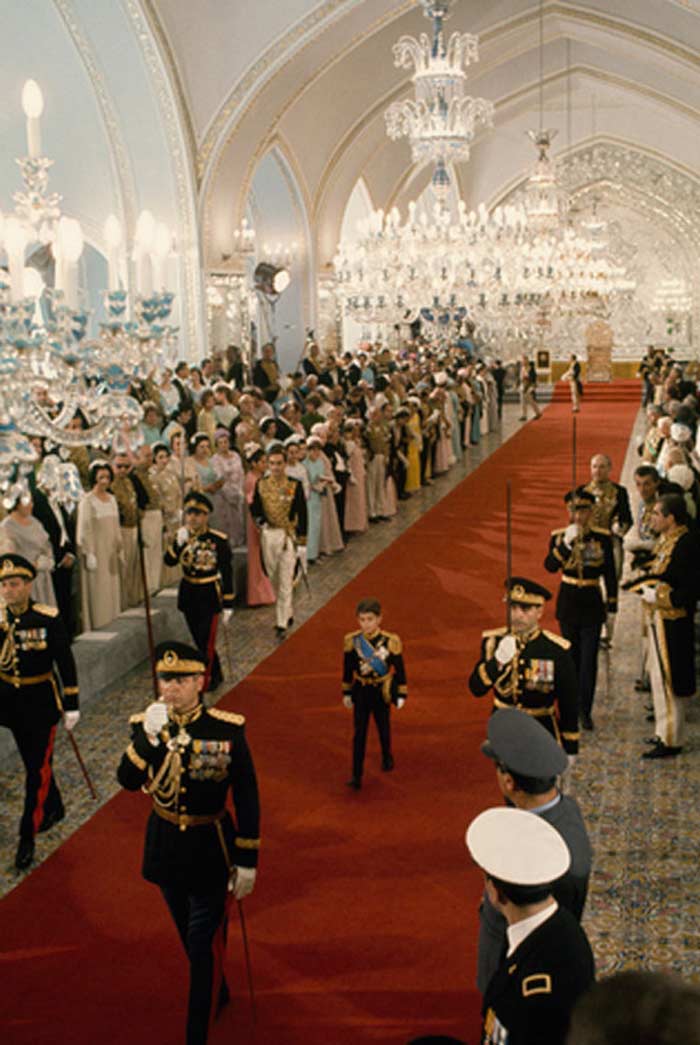
1947 the destruction of Tekyeh Dowlat is one of the historical events that took place through the life of Golestan Palace .
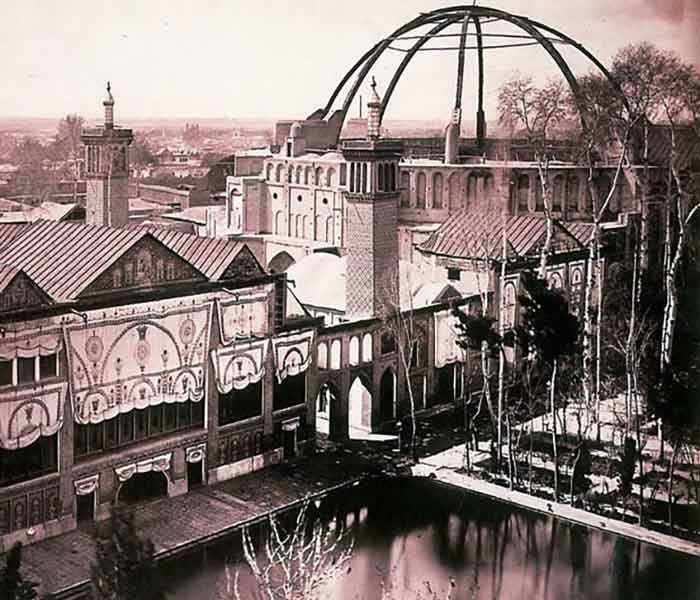
2013 UNESCO proclaimed Golestan Palace as a World Heritage site.
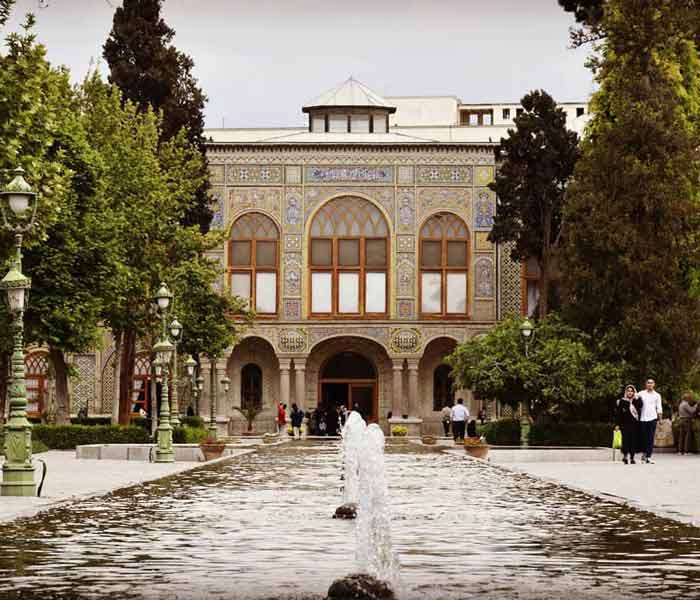
Photo by @rad.amins on Instagram
Golestan Palace Parts
All parts of the Golestan Palace complex can quench the thirst of its visitors. Marble Throne, Karim Khani Nook, Pond House, Diamond Hall, Mirror Hall and etc. are some of the beauties of the place.
#1 Marble Throne – Golestan Palace
Why marble throne at all? For a couple of reasons!! First, he wanted to maintain his reputation among people and the second, he could not always move the Peacock Throne (Takht-e Tavoos) so he built another throne just on the terrace.
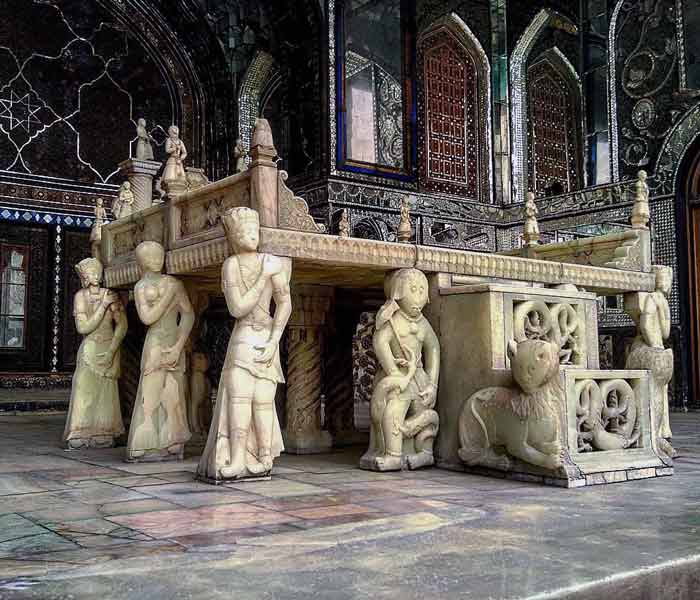
Photo by @photo_by_eli on Instagram
Based on the mythological story of Solomon and his throne carried by fairies and jinn the marble throne or Takht-e Marmar was built in 1806 by order of Fath Ali Shah Qajar. It also represents the historical ceremony of Achaemenids when they received visitors and guests. The Terrace’s structure is the oldest one in the whole Golestan Palace complex founded by Zand period.
Multiple coronations happened here. The last coronation to be held at Takht-e-Marmar was the coronation of, the self-proclaimed King, Reza Khan Pahlavi in 1925.
* situated in the middle of the terrace
#2 Shamsol Emareh
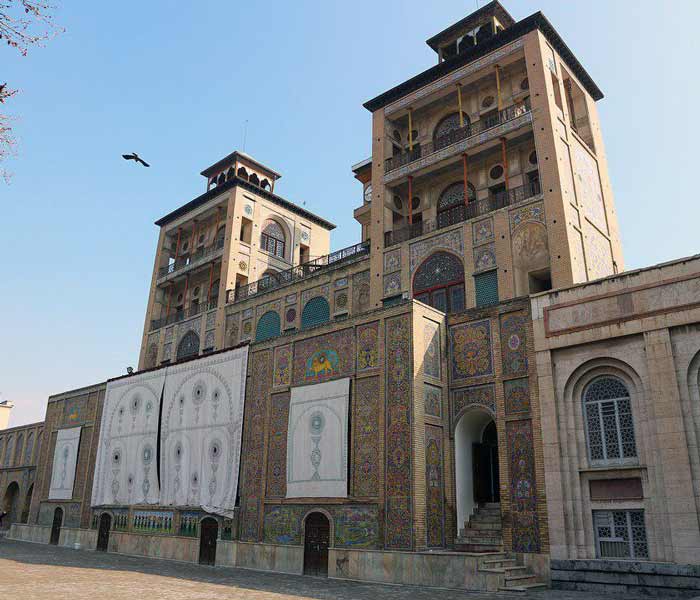
Photo by @takutaku on Instagram
The most stunning structure of the Golestan Palace is Shams-ol-Emaneh (Edifice of the Sun). The idea of building a tall structure came to Nasser-ol-Din Shah before his first European and from pictorial images of European buildings. Well he liked the panorama view!
* situated on the southern part of the east wall
#3 Mirror Hall; Diamond Hall; Brilliance Hall
Each of these halls are unique in their structure and architecture. The mirror hall is mostly known for Kamal-ol-Molk’s exquisite painting of it which took 5 years to be completed. ( you can drown in the painting in the hall it was painted from!).
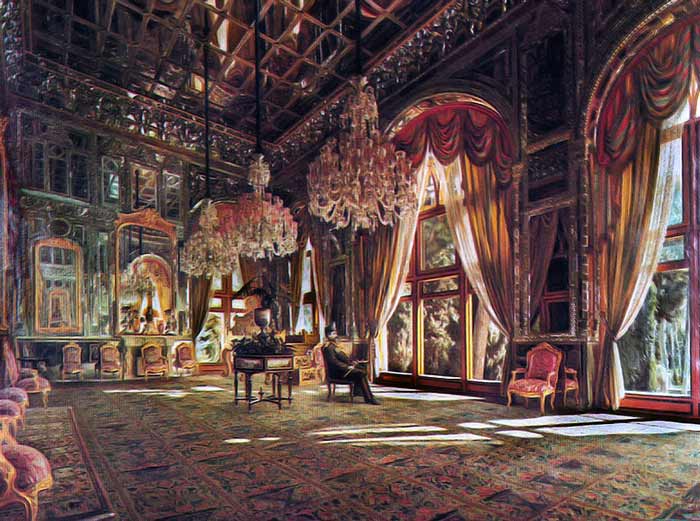
Painting By Kamal ol Molk (Iranian painter)
The hall of diamonds is named after the exceptional mirror work inside the building. The brilliance hall or some might even call it the reflection hall will reflect you and reflect you and reflect you until you are nothing but fragments of reflections.
#4 Building of the Wind Towers / Wind Catcher

Photo by @experience.tehrantour on Instagram
If you have travelled to Iran before you would certainly know what the wind towers (wind catcher) are. The wind towers are constructed to allow the cooling wind to move through the structure. This building was renovated over and over again during the reigns of different Qajar kings.
*situated on the southern wing
#5 Pond House
Works of European painters presented to the Qajar court are housed in the Howz Khaneh or Pond House. The area was used as a summer chamber during Qajar dynasty. The cool waters of qanats were designed to be poured into the pond located in the middle of the room; but this system is not operable anymore due to the humidity effects.
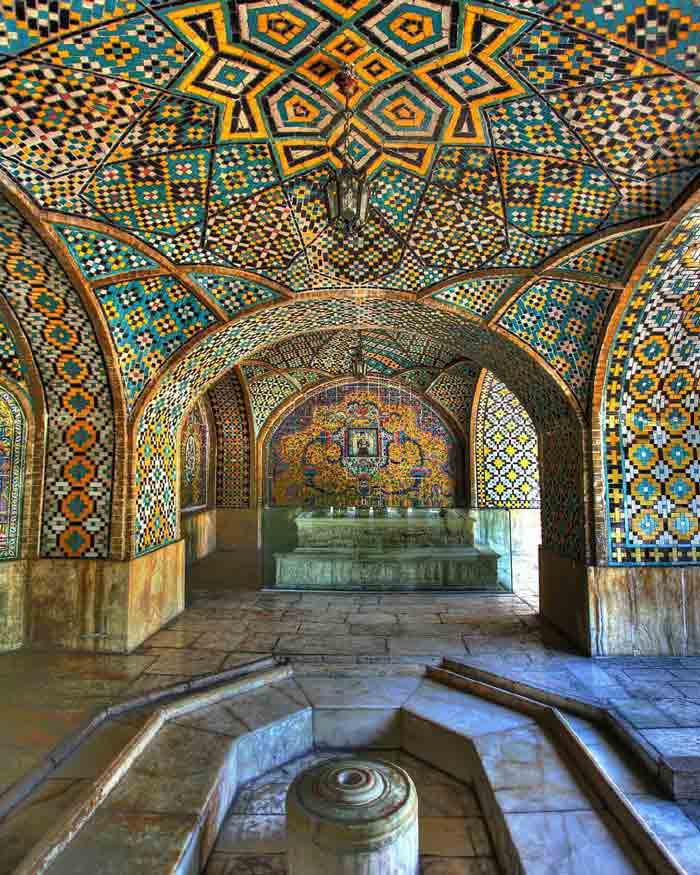
Photo by Chris B. Hasenbichlar
At last but not least, within these 400 years of highs and lows of life the scope of the Golestan Palace territory is now a tenth of what it was before.
We will leave the rest of the exploration to you! May you find yourself amused…
*Tips
- The easiest and the fastest way to get to Golestan Palace is by the subway and the “panzdahe Khordad” stop on the red line of subway.
- The spring time is one of the prettiest times in the garden and palace.
- The grand bazaar of Tehran is just right out there around the palace…make sure you visit there and make sure sure to eat at Moslem Restaurant with its great Iranian cuisine.
Golestan Palace Opening Hours
Everyday : 9AM–6PM

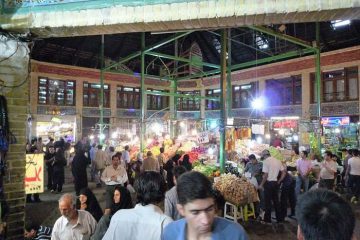

1 Comment
Jane · July 3, 2019 at 3:15 pm
I’m going to visit Iran in the spring, but I heard March is a busy month in Iran to visit sites. Is that so?